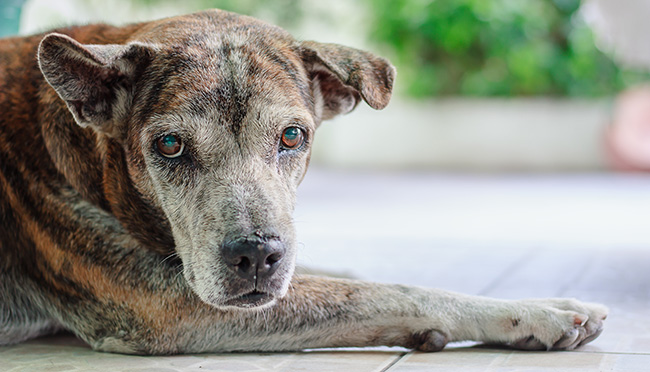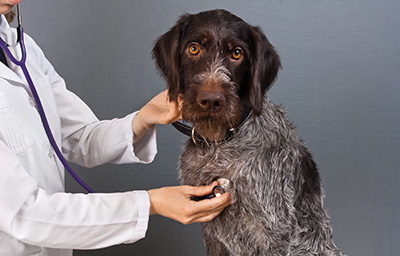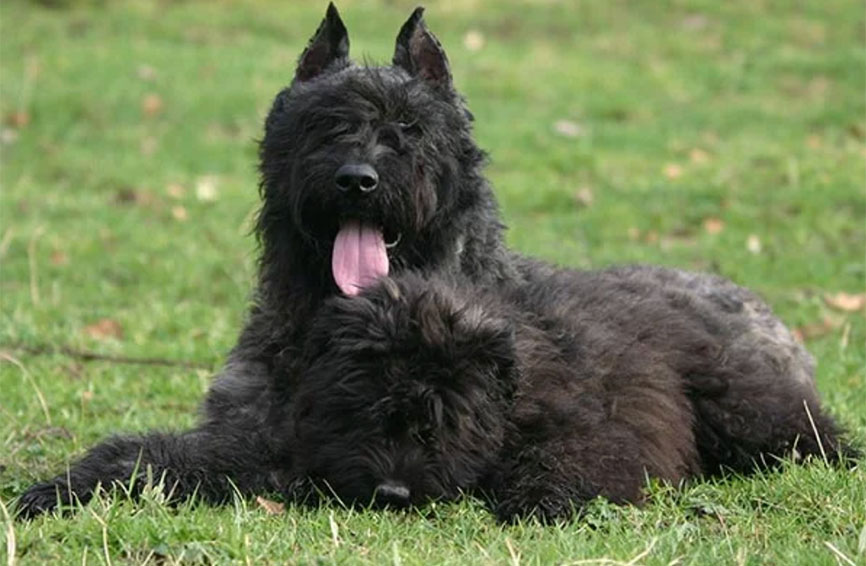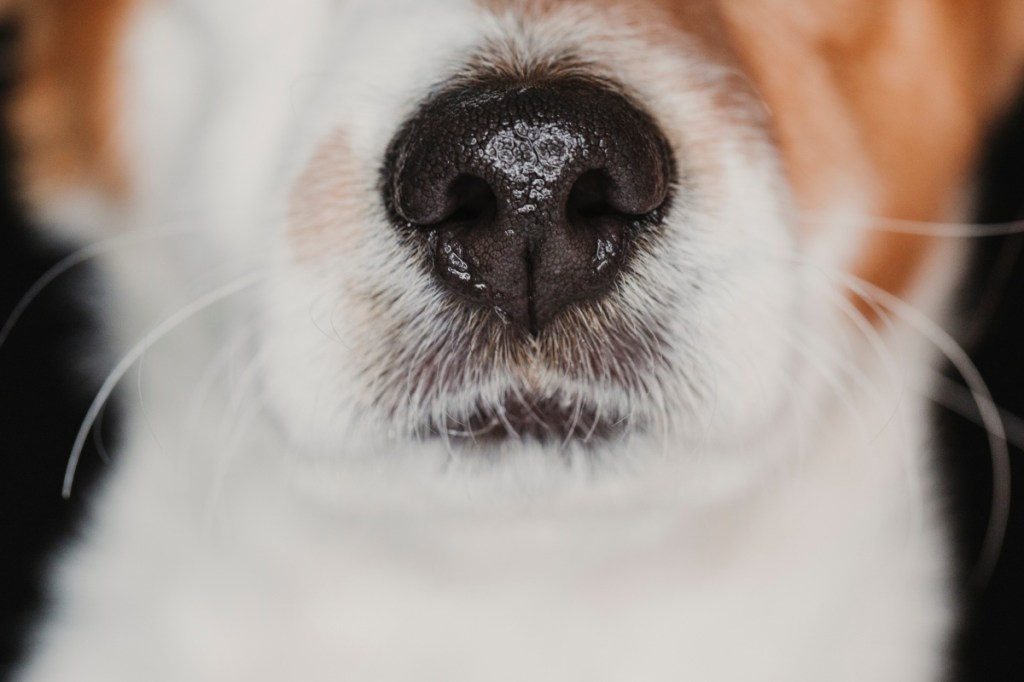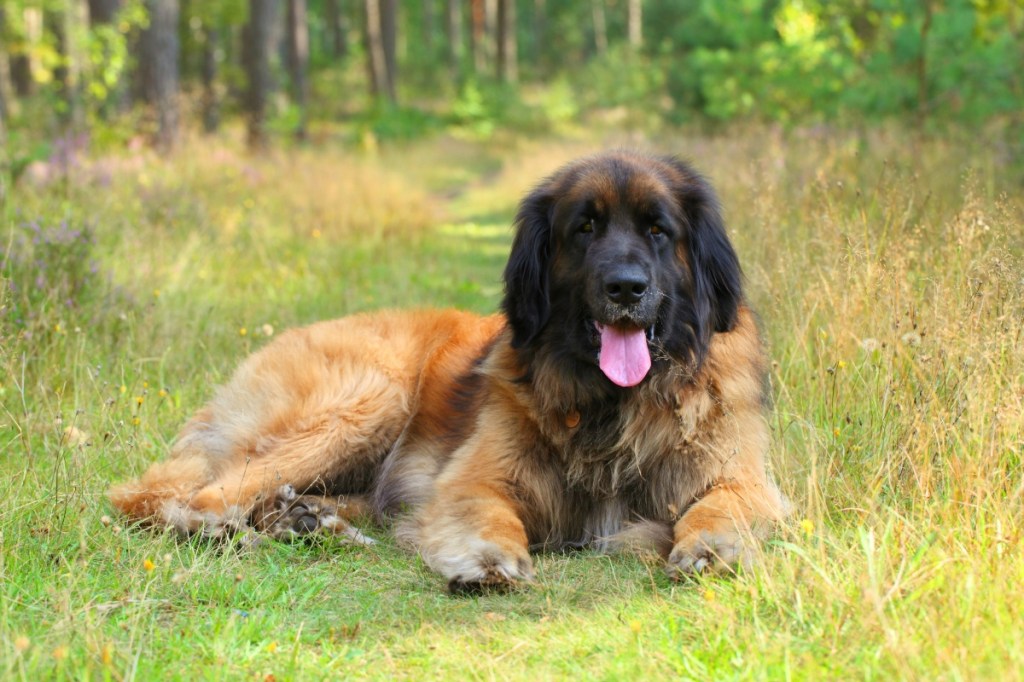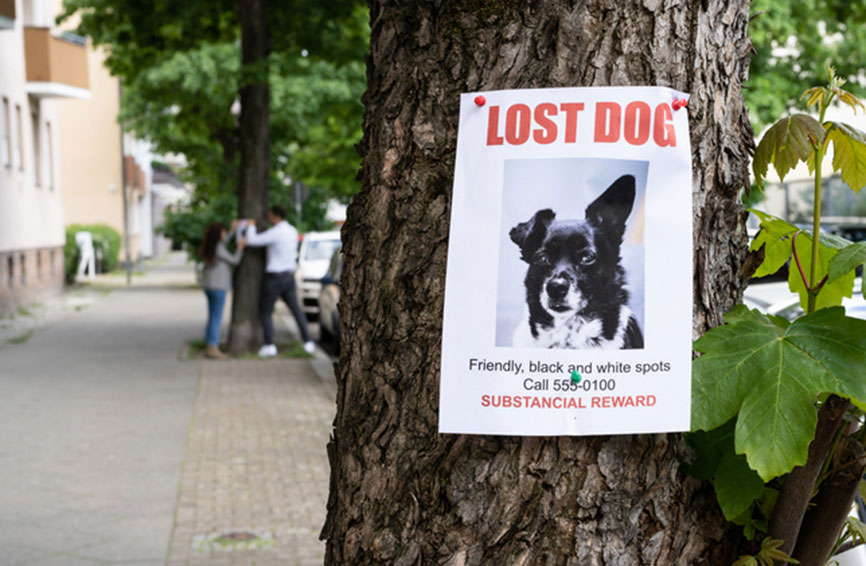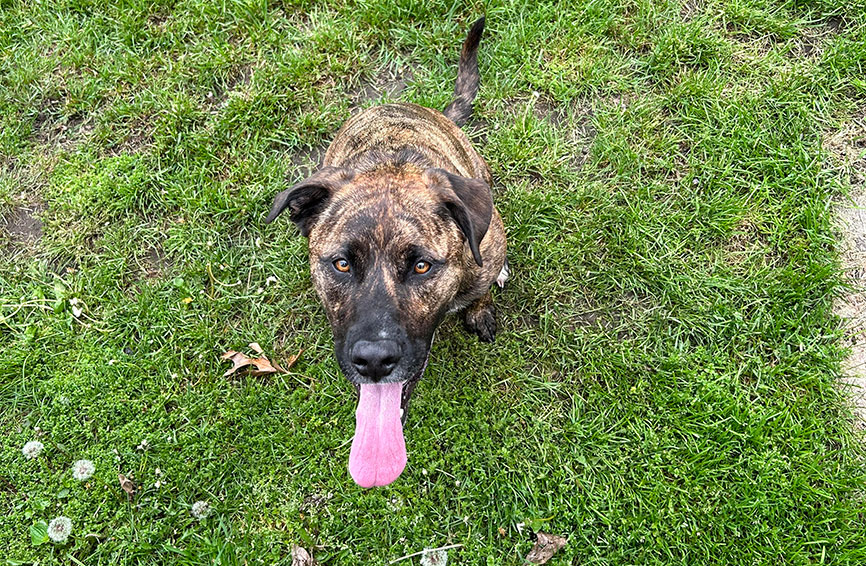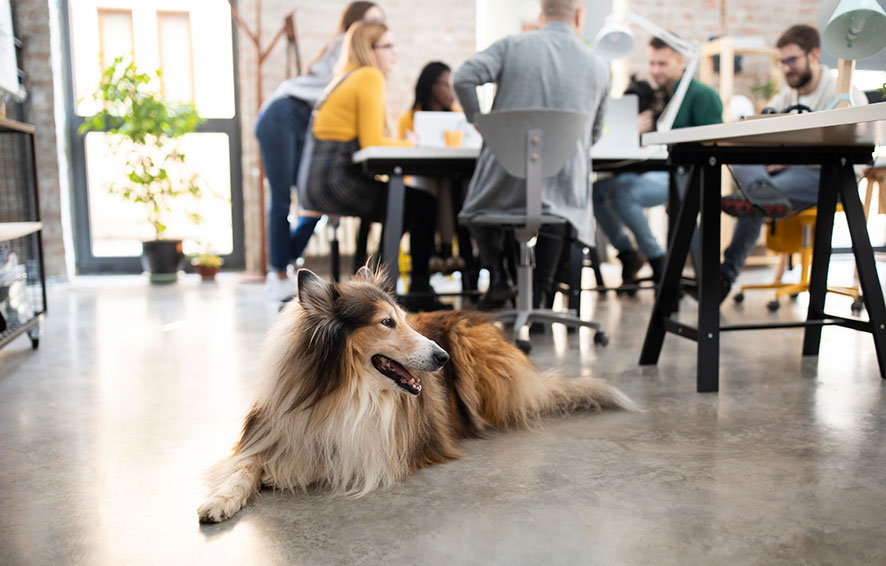Table of Contents
Updated on Nov. 8, 2019
Is your grey-bearded Golden Retriever slow to get up, hesitant to tackle the stairs and happy to loaf most of the day? These are common signs that your dog is entering his senior years. Watching your furry friend age is hard, but with a few adjustments you can help his last years be happy and comfortable. There’s also a sweetness that comes with this increased vulnerability that may make you feel even more bonded to your pooch as you work through the aging process.
For people with super active dogs, it may even come as a relief that you don’t need to run your dog for hours a day or pay for doggy daycare to help him burn extra energy. And he’s not as prone to getting into trouble around the house.
With improvements in vet care, dogs are living longer than ever so you’re more likely to face health issues that commonly develop later in life. Most are similar to human ailments: arthritis, dementia, cancer, obesity and vision and hearing loss.
Caring for your aging dog really starts early in his life – prevention is key for having a happy, healthy senior dog; all of these illnesses are chronic, developing over a pet’s lifetime.
When is a dog considered a senior?
Contrary to popular belief, figuring out your dog’s age in human years is a little more complicated than the commonly used rule of one year equaling seven years for dogs. In their first year of life, dogs mature more quickly, so that is about equal to 15 human years. After that, a dog year is roughly equal to about five human years. How quickly your dog ages also depends on your dog’s breed and size, as smaller dogs tend to live longer than large ones. You can use this chart to estimate your dog’s true age. Typically, dogs are considered seniors at about 7-8 years old.
What sort of changes should I make for my senior dog?
Dogs over the age of seven years old should visit the vet twice per year, but check in immediately if you notice any sudden changes in health or behavior, according to the American Veterinary Medical Association (AVMA). More frequent vet checks will ensure any conditions will be caught early and be easier to treat. Pay attention to your dog’s weight and use these appointments to ask for exercise and dietary recommendations if your dog needs to lose weight.
Food and supplements designed for their needs
As dogs age, their nutrition requirements change, just like people. As their metabolic rate slows, senior dogs generally need lower-calorie diets to prevent obesity and higher-fiber diets to improve gastrointestinal health, according to PetsMD. Many dog food companies now make formulations just for senior dogs that fulfill their special needs.
Your vet may also suggest supplements such as glucosamine and chondroitin to protect cartilage in the joints for dogs suffering from osteoarthritis. Antioxidants and polyunsaturated omega-3 fatty acids like eicosapentaenoic acid (EPA) and docosahexaenoic acid (DHA) are great for older dogs with arthritis or cognition problems, according to the American Kennel Club (AKC).
How much and what type of activity is OK?
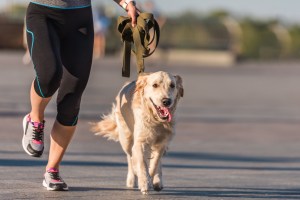
Even though he may be moving more slowly, it’s important to keep exercising your older friend as he ages, but you may need to adjust how much and the type of exercise. Regular, moderate exercise can help keep blood flowing to the muscles, get joint fluid moving, improve his mood and stave off weight gain that can worsen conditions such as diabetes or arthritis. A couple of 20-minute walks or gentle games of fetch a day will give your dog a good workout and the mental stimulation he still needs.
If your dog is having joint pain, an excellent alternative is swimming or hydrotherapy. Professional dog trainer Jacey Day recommends a series of calisthenics such as basic obedience poses and lateral walking that you can guide your dog through at home to help maintain flexibility, strength and balance.
Pay attention to how your dog is reacting to the activity. If he shows any signs of pain or discomfort, it’s time to stop. Also, be aware that older dogs can’t regulate their temperature as well as they used to, so avoid going out in very hot or cold weather or get them an insulating jacket.
Make your home and car more comfortable

You’ll want to take a look at your home through the eyes of an old dog. Those stairs he used to sprint up may now be a barrier or safety risk. Where he used to be fine sprawling spread-eagle on the hardwood floor, a soft bed will cushion any aches or pains. Riding in the car may require a ramp where he used to be able to leap right in.
Here are some specific steps to take to age-proof your home and car*:
- Look around your house for potential hazards – if there are places where your pooch could fall or trip – and close doors to those areas or invest in a baby gate.
- Slippery floors can be frustrating for your senior dog as his paw pads become less supple, and if he slips, he could get hurt. Place non-slip surfaces such as a rubber mat or non-skid runners that will help with traction in slippery areas of the house. If your dog will tolerate it, there are also boots or slippers with sticky traction on the soles.
- Keep food and water bowls at comfortable heights. Older dogs will be more comfortable if they don’t have to crane their necks to eat or drink.
- Buy a soft, cushy bed to keep your dog more comfortable if they have stiffness or sore joints.
- If you have a large dog, invest in a car ramp or steps to help them into the car or onto the bed or couch (if they’re allowed).
*Source: Preventive vet
Care for your dog’s teeth
Developing a dental hygiene regimen early on can help prevent or delay periodontal disease. But if you haven’t been brushing your dog’s teeth, it’s never too late to start. And even with regular brushing, it’s highly recommended you get a professional dog teeth cleaning. For most dogs, this happens yearly; your pet’s annual checkup is a great time to bring it up.
Common Health Conditions in Senior Dogs
For senior dogs, treatment is primarily palliative, aiming to reduce pain. Conditions like and periodontal disease cannot be cured, but they can be managed. Work with your veterinarian to create a treatment and lifestyle management plan for your senior pup.
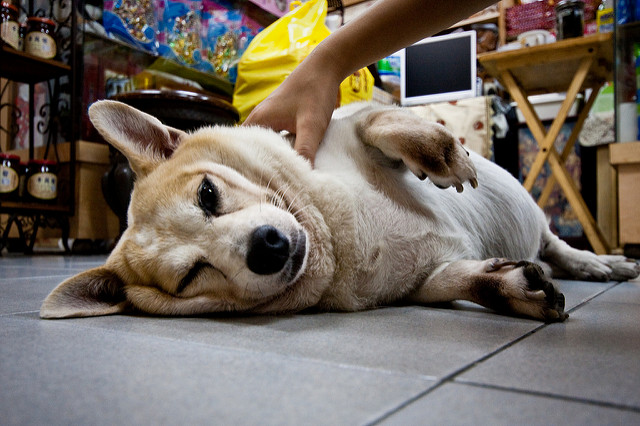
Obesity
According to the Association for Pet Obesity Prevention, 52.7% of American dogs are overweight or obese – that’s 43.8 million chubby pups. Obesity increases a pet’s chances of developing heart and kidney disease, diabetes, cancer and osteoarthritis. An obese pet is more susceptible to heatstroke as well, especially flat-faced breeds like Pugs and Frenchies. All of these risk factors add up and can shave 2.5 years off a fat dog’s life.
Work daily walks into your routine and carefully portion out food – don’t just leave a full bowl out all day. Mix it up with alternative methods of doggie weight loss, like swimming, hiking, and agility training.
Osteoarthritis
This type of joint disease is degenerative, meaning there is a loss of cartilage and mobility. Swelling may also occur, caused by a buildup of fluid within the joints. Bone spurs and inflammation lead to pain; symptoms include excessive whining, reluctance to move, lethargy, and irritability. Arthritis in dogs can occur unequally in one joint, producing a limp or lameness.
Treatment of dog arthritis initially includes Nonsteroidal Anti-inflammatory Drugs (NSAIDS). However, long-term use of these can cause gastrointestinal upset, including diarrhea in dogs. Your veterinarian may recommend a combination of surgery, massage, pain medication, and dietary supplements like glucosamine. At home, try treating your pup to an orthopedic dog bed. Apply a pet-safe heating pad or warm compress on affected joints to relieve pain.
Periodontal Disease
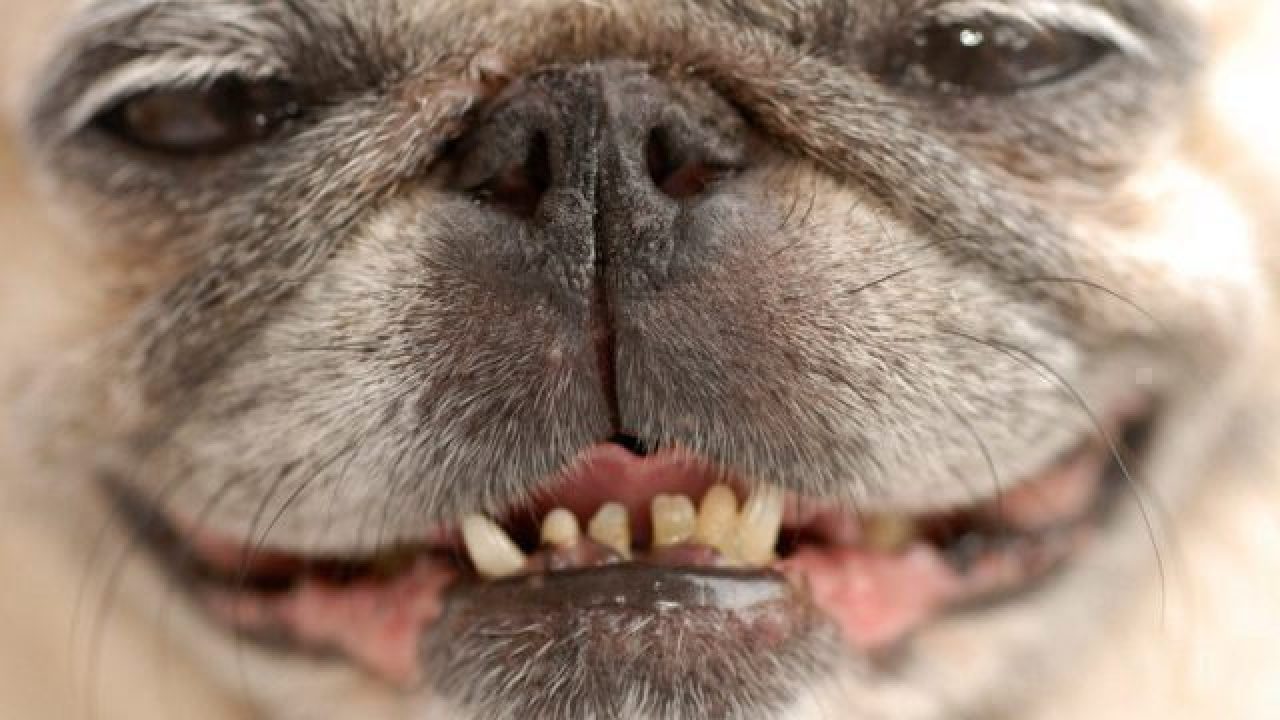
The most commonly diagnosed disease in senior dogs is periodontal disease, says the American Veterinary Dental College. (It’s also entirely preventable, they add.) When plaque and tartar collect on canines’ canines, bacteria are attracted to the sticky surface. Infection, inflammation, pain and tissue loss can occur as periodontal disease progresses. Bad breath may be the only indicator to pet parents who don’t regularly brush their dog’s teeth.
Grades one and two are referred to as gingivitis, which appears as reddened, bleeding or swollen gums; at this point a pet’s condition is still reversible with professional dental cleaning and proper aftercare. By the time periodontitis is established, nothing can completely cure the disease. Loss of bone and supporting tissue due to abscesses causes pain, as do missing teeth. Intensive surgery, including tooth extraction, may be required to salvage a pet’s remaining teeth. These procedures are can cost thousands of dollars, depending on the size and age of the dog as well as the severity of the condition.
Cognitive Dysfunction

As your dog ages, you may notice some changes in personality or reaction time. Just as in humans, senior pets can “mellow out” or experience a lag in reflexes as part of the natural aging process. However, if your pup is uncharacteristically grumpy or lethargic for a period of time, it could indicate an illness or injury. Pain is hard to recognize in animals and is often signified by irritability or a reduction of movement.
Sometimes senility or canine dementia can occur, termed canine cognitive dysfunction (CCD). Pets may appear confused or unable to recognize their surroundings; this can lead to housebreaking accidents and changes in sleep patterns. There is no treatment to reverse the effects of CCD, but providing plenty of mental stimulation and routine can help to stop the disease from progressing. Your vet may recommend medication or alternative medicine like acupuncture to alleviate symptoms.
Vision Loss
Just like humans, dogs experience a range of eyesight and hearing issues as they grow into their golden years.
Vision impairment is especially common in senior dogs. This is typically caused by cataracts, glaucoma, macular degeneration, and can sometimes be the side effect of other medical disorders such as hypertension, chronic dry eye, and diabetes. Some of the signs to look for include behavior changes such as clumsiness, cloudy eyes or white spots or pupil dilation. If you notice any of these signs, get in to see your veterinarian as early detection and treatment is key.
Some of these conditions are treatable, but sometimes you and your dog will have to accept some vision loss and adjust. Dogs with impaired vision can still live happy and full lives. It just requires a little extra attention to detail, patience, and care from their owners to help them navigate the world. You’ll want to create a consistent routine and a safe, comfortable home environment. The Humane Society has tips for caring for a blind dog.
Hearing Loss
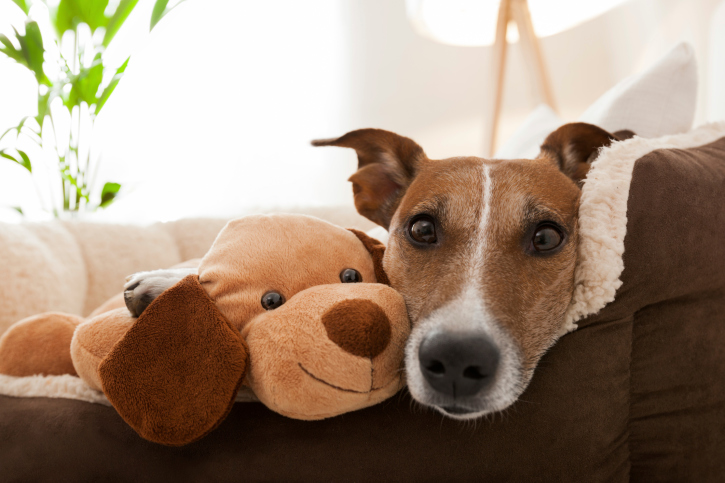
With elderly dogs, similar to older people, hearing impairment is often caused by degenerative changes in the nerves found inside the ear. The changes will likely be gradual, so symptoms appear over time and you may not notice right away.
As your dog loses his hearing, you might find him ignoring your cues, such as not sitting when asked or failing to come when you call him. Or he may seem confused by his surroundings. He might become unresponsive to sounds that used to excite him. You might also find that he sleeps more deeply and is not disturbed by loud noises that he would have responded to in the past. If you see these symptoms, it’s imperative to take your dog to your veterinarian for an accurate diagnosis and to rule out other causes.
If deafness is unavoidable, there are some things you can do to make your senior dog more confident.
Incontinence

This is another condition that may be normal as part of the aging process and refers to a pet’s loss of control over the bowels and/or bladder. Teacup dogs and other toy breeds have smaller bladders that are already weakened, and for some reason, spayed female dogs are also more likely to become incontinent. Accidents inside the house are the most common symptom, as well as increased frequency of bathroom breaks. Incontinence in dogs isn’t always obvious; look for red or irritated skin around the rear and excessive licking, which can indicate urine leaking from the bladder.
Weak bladder muscles, bladder infections and stones, and prostate cancer are conditions directly related to the urinary system, but sometimes the problem lies elsewhere. Traumatic or degenerative injuries to the spine and intervertebral discs as well as congenital deformities can cause incontinence in dogs due to nerve or muscle damage. Treating the underlying cause typically resolves the incontinence, but if the condition is irreversible, lifestyle management may be the only option. Doggie diapers, potty pads, and more frequent walks are all ways to manage your pet’s incontinence. Proin (PPA) is a medication that has been effective in controlling canine incontinence, so ask your vet if it’s right for your pet.
Cancer
One of the most common medical conditions in senior dogs is cancer. According to the National Canine Cancer Foundation, 50% of deaths of pets over 10 years old are caused by the disease. Lymphoma is the most common type of cancer in dogs, accounting for a fifth of all cases. Other cancers of the blood and bones, like hemangiosarcoma, also occur regularly in senior pets. Skin cancers are common as well, especially among dogs with thin, white fur.
Symptoms of cancer in dogs vary depending on the type present. Any new lumps and bumps or swellings can indicate tumor formation, while cuts or lesions that won’t heal may be a precursor of skin cancer in dogs. If you detect changes in your pet’s appearance or behavior, visit the vet. Dogs can’t tell us what’s wrong, and the prognosis for cancer is better the earlier it is diagnosed and treated.
The content is not intended to be a substitute for professional veterinarian advice, diagnosis, or treatment. Always seek the advice of your veterinarian or other qualified health provider with any questions you may have regarding a medical diagnosis, condition, or treatment options.
All of these medical conditions can seem overwhelming for pet parents thinking about adopting a senior dog. If you’re worried about veterinary costs, pet insurance is a great way to provide you and your pets with peace of mind. Dogs can be enrolled with Healthy Paws up until their fourteenth birthday. The earlier you enroll, the less chance your pet has of developing a medical condition that will be considered pre-existing – and not covered.
